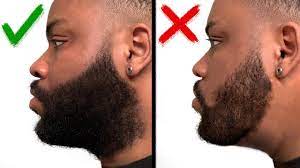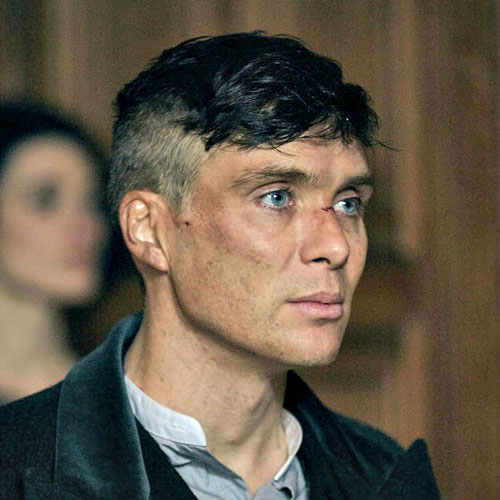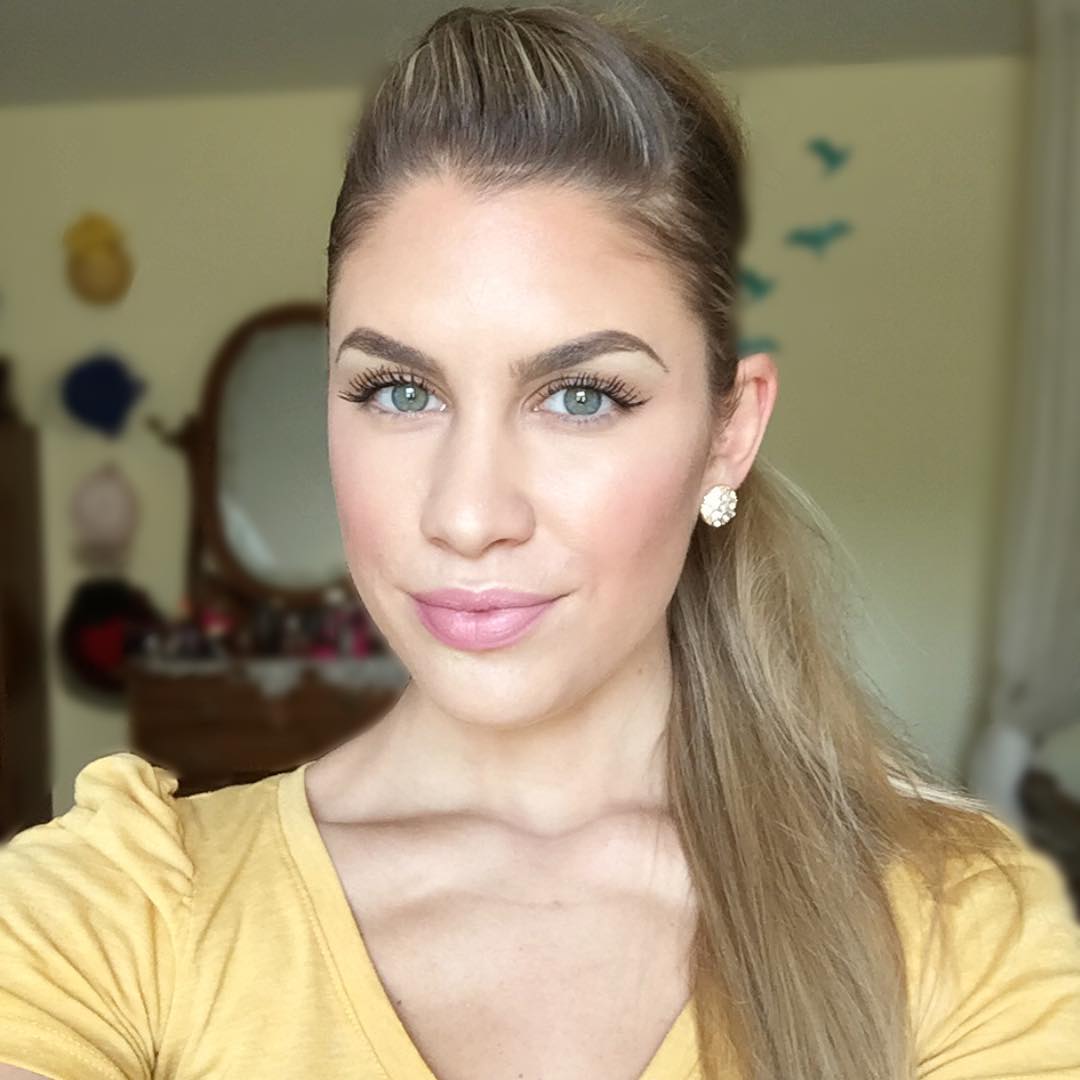
Genetics and hormones influence men’s facial hair growth and typically peak between the ages of 25-30. This style, often preferred by celebrities like David Beckham and Leonardo DiCaprio, requires commitment and work, with a full beard covering the cheeks and jawline.
Age
Facial hair growth usually begins during puberty and is triggered by male hormones. It starts with stubble above the lip, cheeks, or chin, eventually developing into a full beard. Beard growth varies based on genetics and differs among men of different ethnicities. After you stop shaving, your facial hair goes into a “resting” period for approximately two weeks. During this stage, you can observe the growth pattern and identify any areas of sparseness.
Race
Ethnicity plays a significant role in facial hair growth and thickness. Different ethnic groups have varying genetics and hormone levels that affect the amount of facial hair they grow. Cultural factors, such as grooming traditions, can also influence the rate of facial hair development.
Hormones
During puberty, boys experience facial hair growth due to the effects of testosterone, while girls usually only develop fine vellus hair or peach fuzz. Sudden changes in facial hair thickness, density, or pattern may indicate a hormonal imbalance, and it is recommended to consult an OB/GYN in such cases. Abnormally high testosterone levels in women can cause unwanted hair growth or darker and thicker hair, a condition known as hirsutism. High testosterone levels may also lead to other symptoms like changes in sexual drive, menstrual irregularities, acne breakouts, weight gain, and ovarian cysts in premenopausal women.

